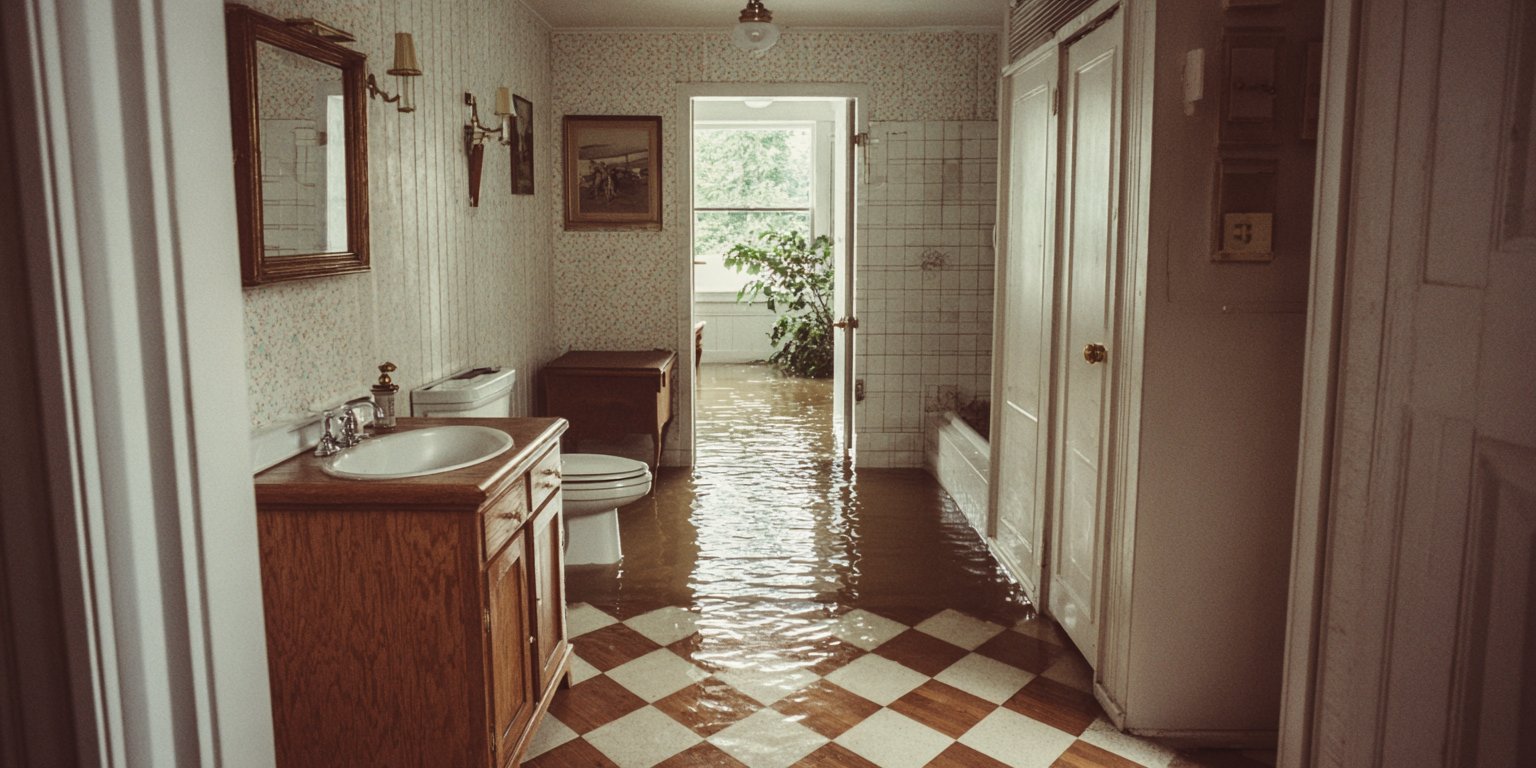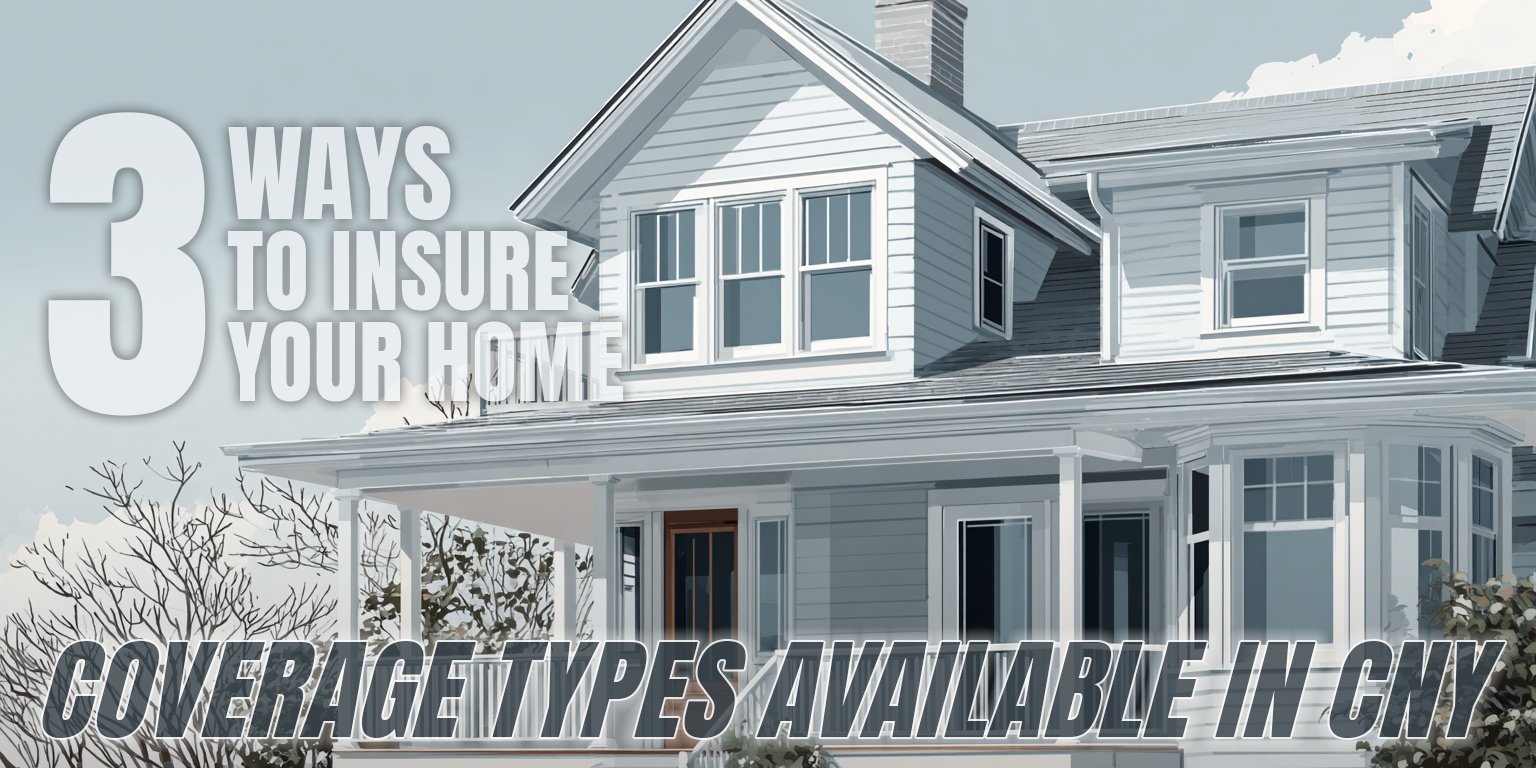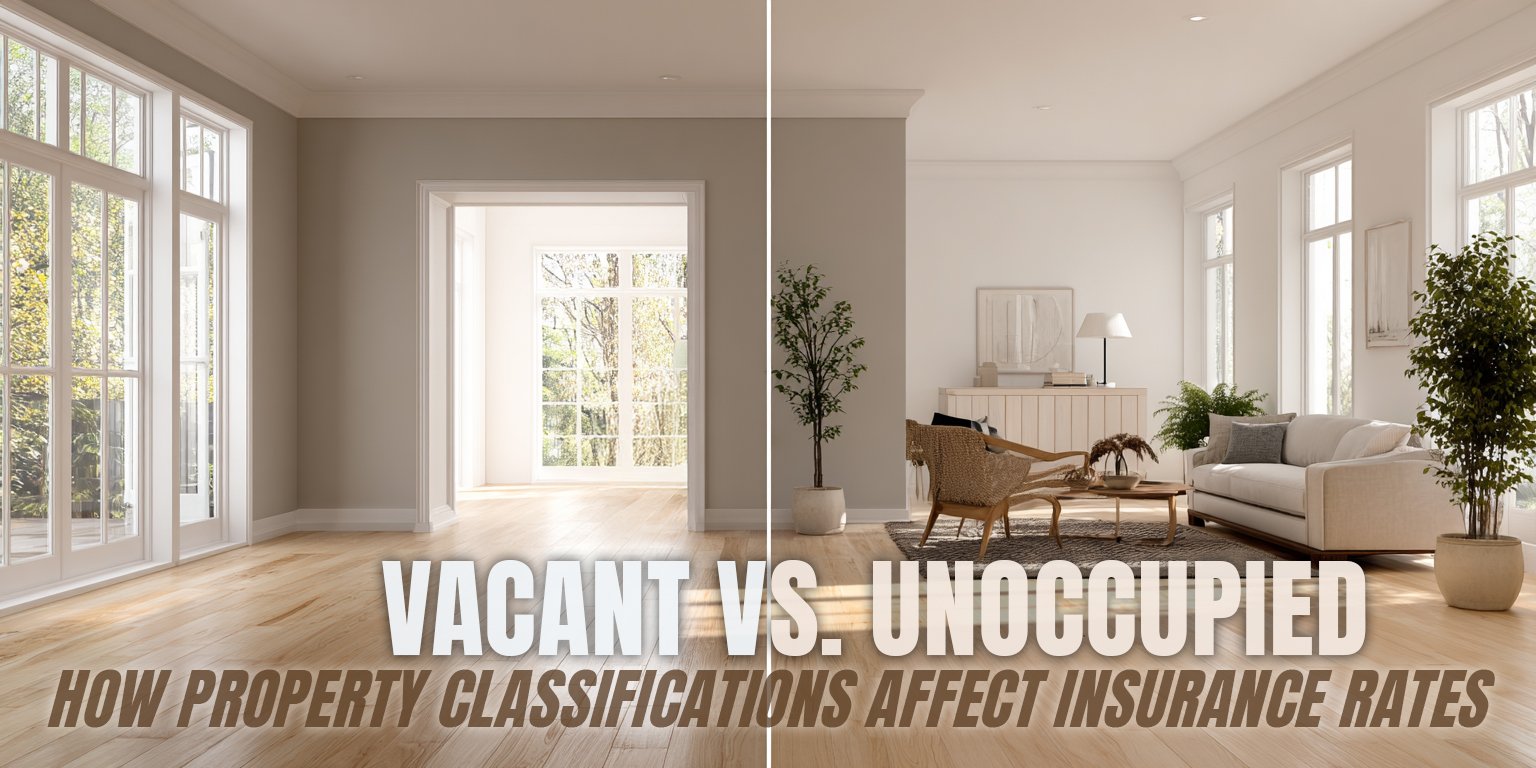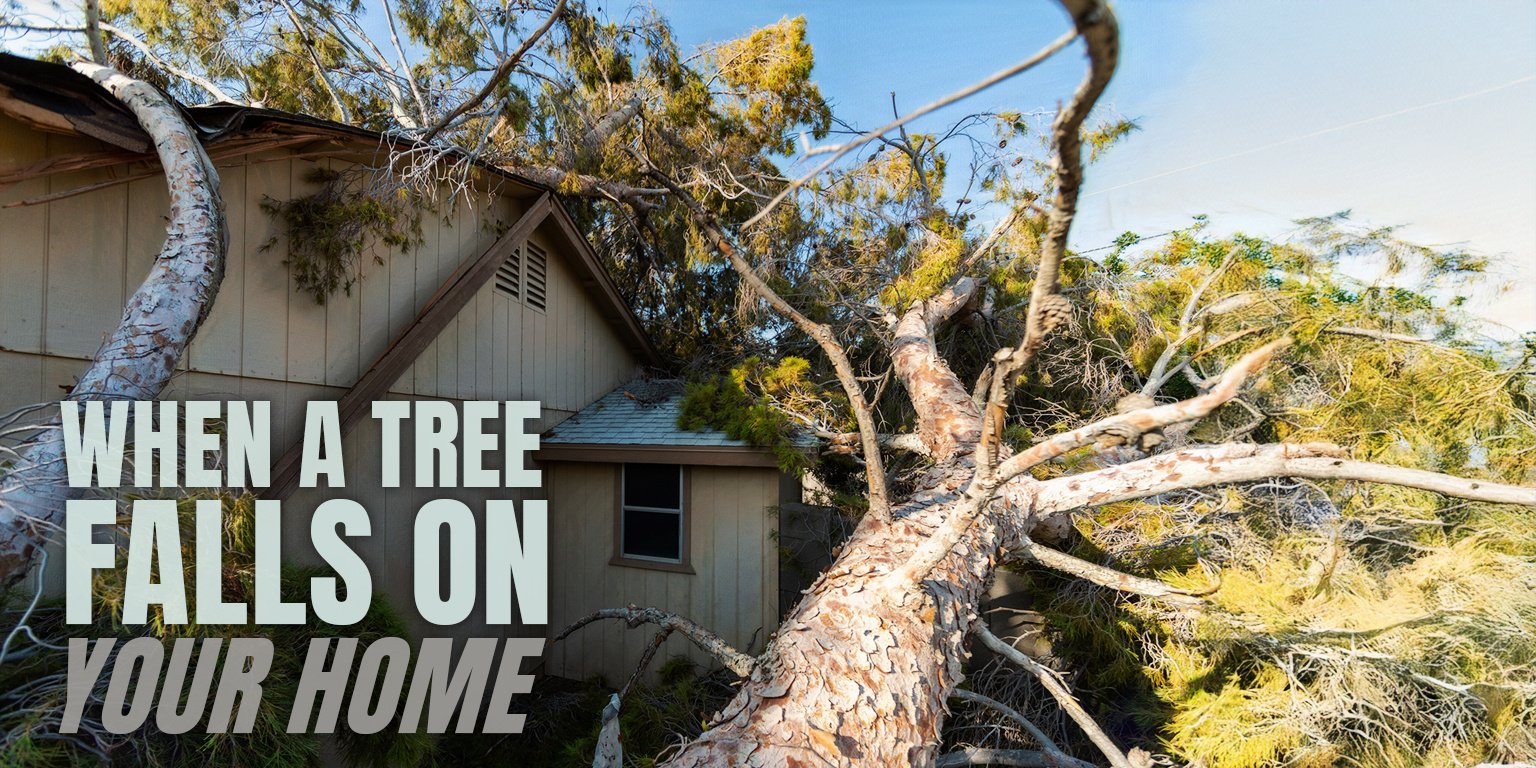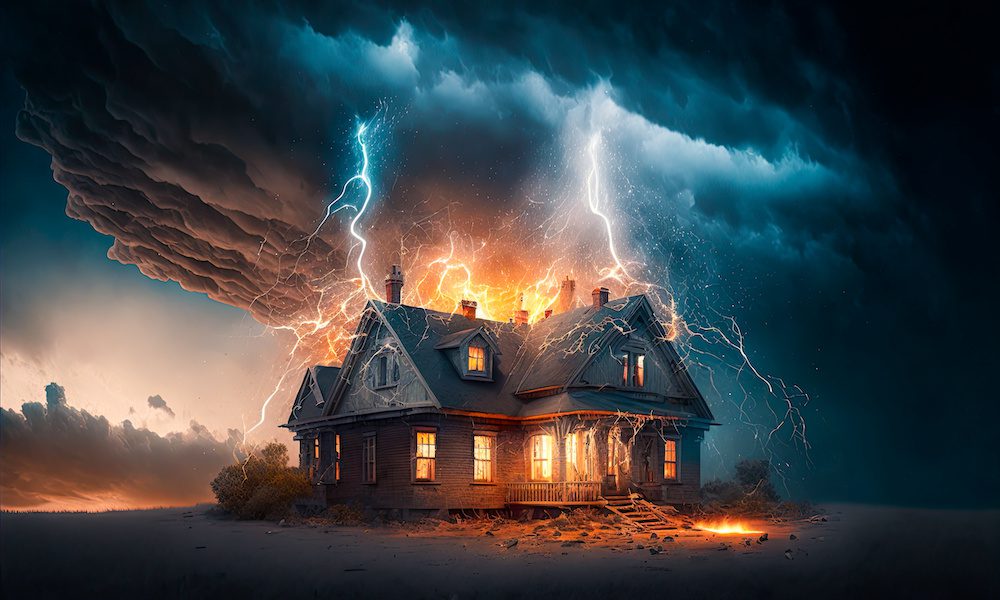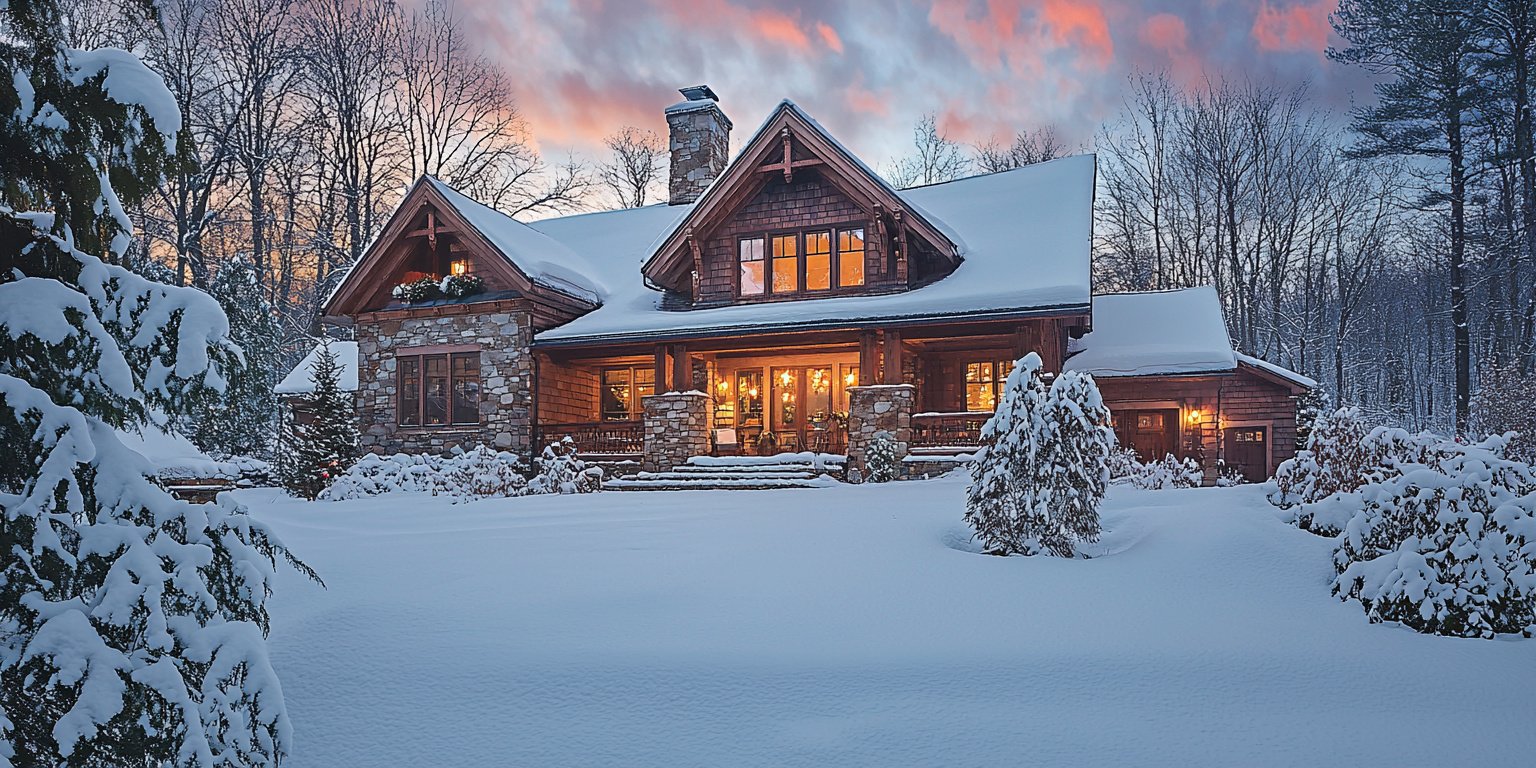Why is Homeowners Insurance More Expensive for My Secondary Home?
April 29th, 2024
4 min read
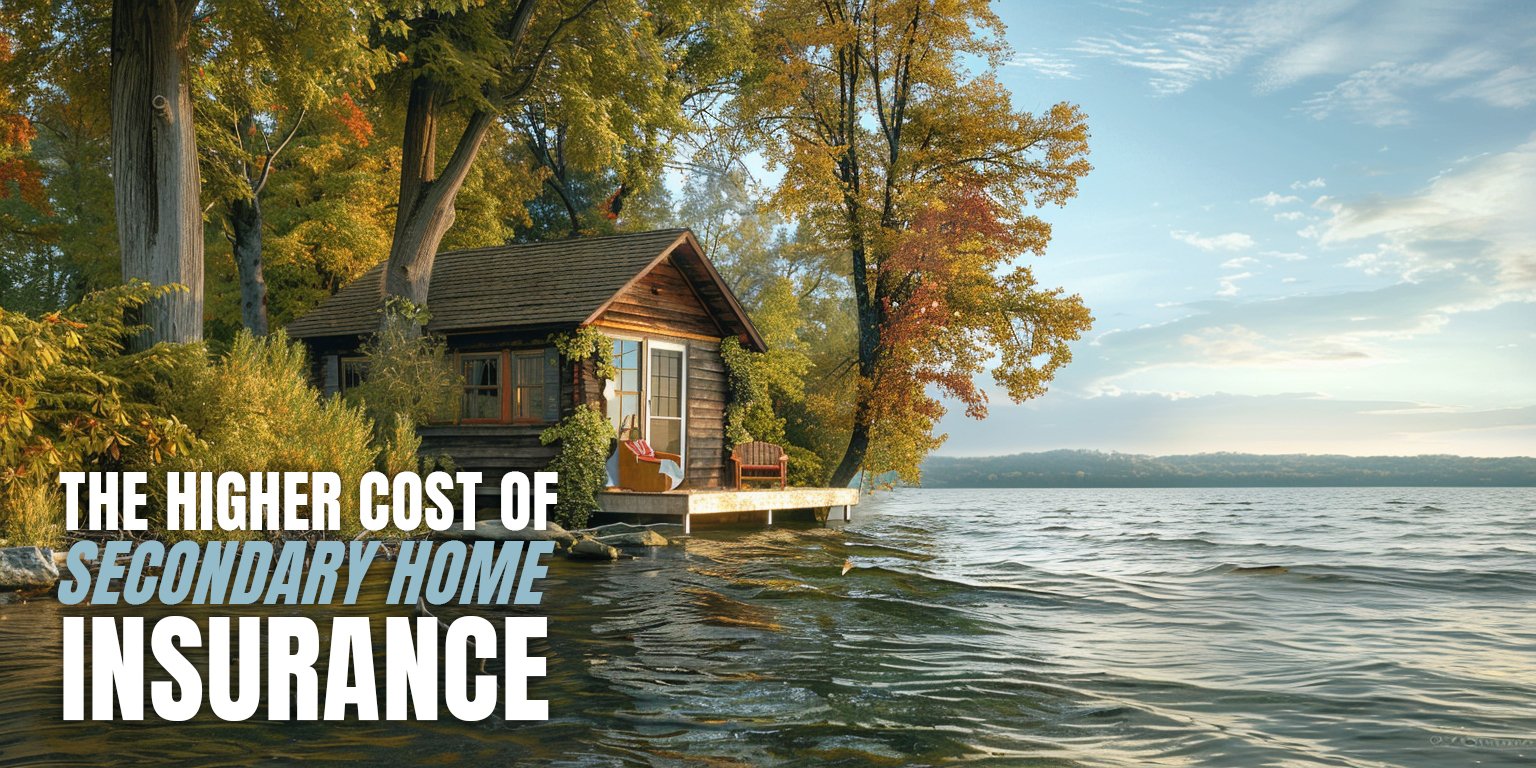
You’ve fallen in love with your second home in Central New York, but insuring it has left you with a nagging question: “Why am I paying so much more for insurance compared to my primary residence?” It’s a frustrating realization that can put a damper on your enjoyment of your cherished getaway house.
At Horan, we understand the confusion and concern that comes with understanding the intricacies of insuring your second home.
We’re an insurance agency in Baldwinsville that has been tailoring secondary home policies for homeowners since 2009. We’ve helped them understand the factors that contribute to higher premiums and implemented solutions that fit their unique needs.
In this article, we’ll dive into the reasons behind the increased costs, from the heightened risk of damage in unoccupied homes to the location-specific challenges that can impact your rates.
Armed with this knowledge, you’ll be better prepared to make informed decisions about your coverage and protect your cherished investment.
Why Secondary Homes Face Higher Homeowners Insurance Premiums
When it comes to homeowners insurance, you’ll typically find that your secondary home comes with a heftier price tag. The number one reason? It’s simple: you’re not there. When you don’t live in a house full-time, you can’t respond to emergencies as quickly, which can lead to more extensive damage and costlier claims.
Let’s say there’s a leak in your primary residence. You’re going to notice it pretty quickly and take action to fix it. But what happens when there’s a leak in your secondary home? If you’ve buttoned up the place for the winter and won’t be back until spring, that leak can go unnoticed for months, causing significant damage.
Insurance companies understand that these things happen with secondary homes. Secondary home premiums are priced accordingly, with the understanding that you can’t be there to catch every little problem before it turns into a big one. It’s not that you’re negligent. It’s just the nature of having a home you don’t live in full-time.
Liability Concerns for Unoccupied Secondary Homes
The risk of property damage isn’t the only factor that drives up insurance costs for secondary homes. Liability issues also play a significant role. When a property sits unoccupied for extended periods, there’s a higher chance of someone trespassing and getting hurt. If that happens, you could be held liable, even if you weren’t there to prevent the incident.
Imagine you have a secondary home on the shores of Oneida Lake. During the off-season, a group of teenagers decides to explore the area and stumbles upon your property.
One of them tries to climb your deck railing to get a better view of the lake but loses their balance and falls, sustaining serious injuries. Even though you weren’t present and had no knowledge of the trespassers, you could still face a costly lawsuit.
This scenario is just one example of the liability risks associated with owning an unoccupied secondary home in Central New York. Other potential issues could include ATV or snowmobile accidents, slip-and-fall incidents on icy walkways, or even a trespasser starting a fire that damages your property and neighboring homes.
Insurance companies are well aware of these risks, which is why liability coverage for secondary homes often comes at a higher price.
It’s crucial to work with an insurance agency that understands the unique challenges of insuring secondary homes in Central New York. They can help you understand liability coverage and find a policy that offers the protection you need, so you can enjoy your home away from home with greater security.
 Location and Accessibility Challenges for Secondary Homes
Location and Accessibility Challenges for Secondary Homes
In addition to liability concerns, the location and accessibility of your secondary home can also contribute to higher insurance premiums.
Remote Locations and Longer Emergency Response Times
Location is another key factor in the higher cost of insuring secondary homes. In Central New York, many secondary homes are nestled in more remote areas, farther from fire departments and other emergency services.
This distance can lead to longer response times, which can mean more extensive damage if a fire or other emergency occurs.
Seasonal Accessibility Issues and Their Impact on Insurance Rates
Accessibility can also be a challenge for secondary homes, especially during the off-season. If you’re not there to plow the long driveway or keep the path to your home clear, it can be even harder for emergency responders to reach your property.
Limited Fire Protection Resources in Remote Areas
And if your area doesn’t have many fire hydrants or relies on a volunteer fire department, that can further impact response times and, subsequently, your insurance rates.
All of these factors—the increased risk of unchecked damage, the liability concerns, the location, and the accessibility—contribute to the higher cost of insuring a secondary home compared to your primary residence.
To learn more about these challenges, read our article containing Tips and Insights for Protecting Your Dream Retreat.
Tips to Help Lower Your Secondary Home Insurance Premium
While secondary homes inherently come with higher insurance costs, there are steps you can take to help lower your premiums without sacrificing coverage. Here are some tips to consider:
- Bundle your policies: Insuring your secondary home with the same company that provides your auto or primary home insurance can often lead to significant multi-policy discounts.
- Install a monitored security system: Many insurance carriers offer credits for homes equipped with monitored security systems, as they can help deter break-ins and provide early warning for fires or other emergencies.
- Add leak detection devices: Water damage is one of the most common and costly issues for homeowners. Installing leak detection devices that alert you to potential problems can help you address issues quickly and may qualify you for insurance discounts.
- Invest in temperature monitoring: Extreme temperatures can cause pipes to freeze and burst, leading to extensive water damage. Temperature detection devices can alert you to dangerously low temperatures, allowing you to take action to prevent damage. Some insurers offer credits for these devices.
- Increase your deductible: If you’re comfortable with assuming more risk, increasing your deductible can help lower your monthly premiums. Just be sure to choose a deductible that you can comfortably afford in the event of a claim.
By implementing these tips and working with an experienced insurance agency, you can help mitigate the higher costs associated with insuring your secondary home while still ensuring that you have the protection you need.
Protect Your Home Away from Home with the Right Coverage
Insuring your secondary home in Central New York comes with its own set of challenges, but understanding the factors behind the higher premiums empowers you to make informed decisions.
We’ve covered the increased risk of unchecked damage, the liability concerns that come with unoccupied properties, and the location-specific issues that impact your insurance rates.
By addressing these potential problems head-on and working with an experienced insurance agency like Horan, you can safeguard your investment and enjoy your second home with composure and security.
Don’t let the higher cost of insurance catch you off guard or deter you from protecting your cherished retreat. Taking action can save you from the financial and emotional toll of unexpected damages or liability claims down the road.
We’re here to help you unravel the complexities of secondary home insurance and find the right coverage for your unique situation. Click the Get a Quote button below to start the conversation and take the first step toward protecting your home away from home.
Also learn about the 3 critical coverages that protect your seasonal home from unforeseen risks.
Daniel is an accomplished content creator. He has been working in publishing for almost two decades. Horan Companies hired Daniel as its content manager in November 2022. The agency entrusted its messaging to him. Since then, Daniel has written insurance articles, service pages, PDF guides, and more. All in an effort to educate CNY readers. He's helping them understand the world of insurance so they can make informed decisions.
Topics:










